

Damion Smy
Nissan Juke EV will use Leaf platform, due in 2026 - report
4 Hours Ago

Contributor
Volvo has laid down a bold vision for its future.
The Swedish brand this morning revealed how it plans to evolve its current design language into the all-electric era, how it wants to improve charging, and how its interior technology will change.
“As we transition to becoming a pure electric premium car company by 2030, we are committed to creating the best cars in our 94-year history,” said Håkan Samuelsson, chief executive of Volvo Cars.
“This is an exciting time in our development and we will deliver on growing customer demand for pure electric cars that offer seamless connectivity, industry-leading safety standards and advanced autonomous drive.”
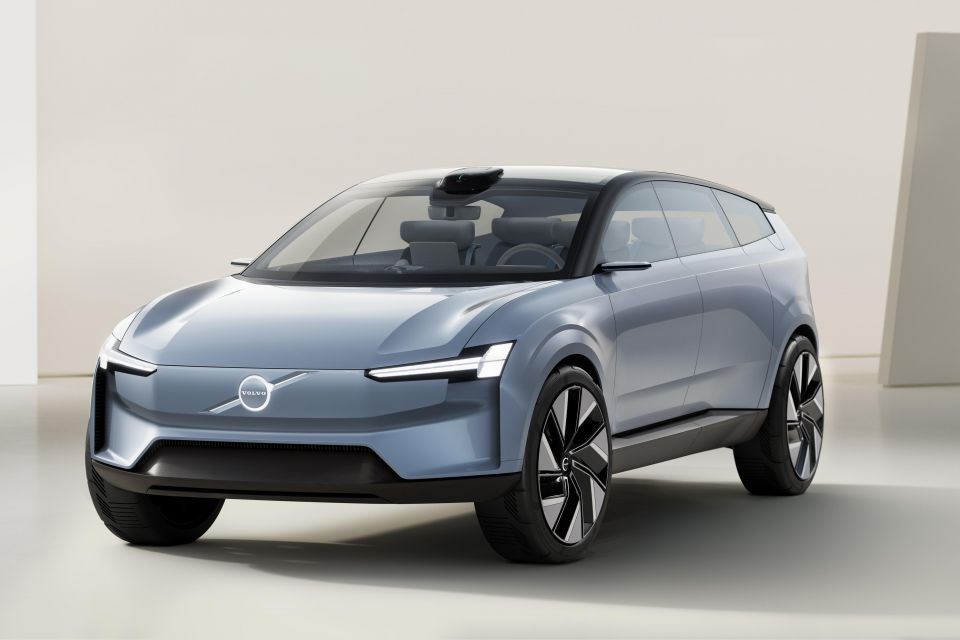
Volvo is built on safety, and it has no plans to lose its hard-won reputation for building some of the safest cars out there.
The 2022 XC90 SUV will be the first production Volvo to feature a LiDAR sensor, backed by an “autonomous driving computer” from gaming giant NVIDIA.
The safety suite will be updated over-the-air throughout its life, and is “designed to specifically address those traffic situations which result in a large portion of remaining severe injuries and fatalities found today”.
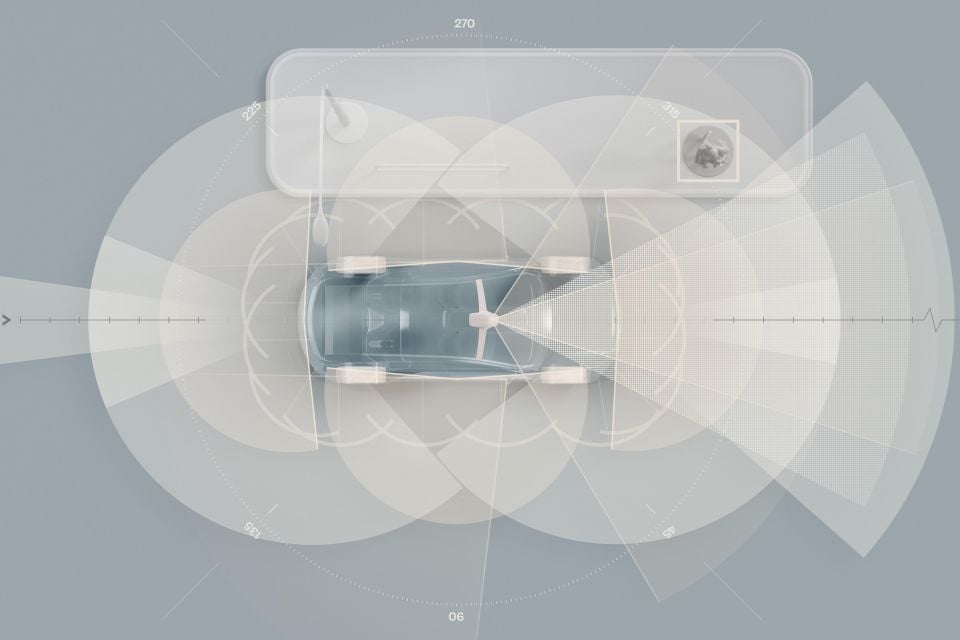
Rather than warning drivers about upcoming dangers, Volvo says next-generation safety systems will be more proactive by working to “assist and improve the capabilities of a human driver”.
The LiDAR will be backed up by sensors to make Volvo cars capable of properly autonomous, unsupervised driving when regulations allow it.
An autonomous version of Volvo Highway Pilot will be offered, although it will only be activated in “verified safe and legally allowed” locations.
Data from drivers who choose to share their autonomous trip data with Volvo will be fed back to the company in real-time and used to improve future systems. Tesla promises something similar from its Autopilot driver assist system.
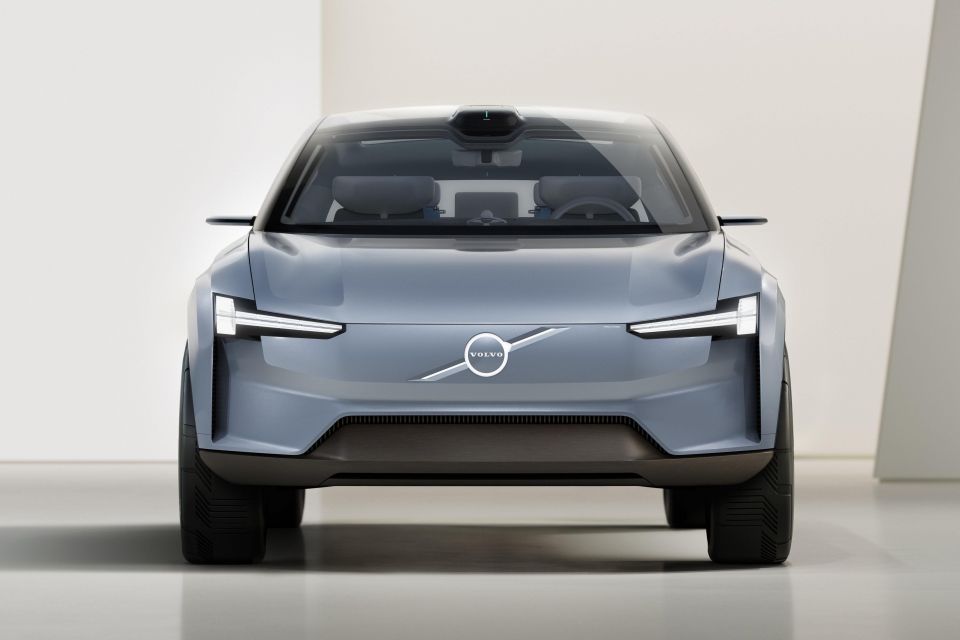
Volvo will store this information at a new data factory capable of storing 225 million gigabytes. That’s a lot of portable hard drives.
“With help from real-life data we can speed up our development processes and go from years to days,” said Ödgärd Andersson, CEO at Zenseact, Volvo’s autonomous driving software company.
“As real-time collection generates a lot more data, we can create better and higher-quality data sets that allow us to make better and quicker decisions on the next advancements in safety.
“We’re taking a giant leap to increase safety in and around our cars.”
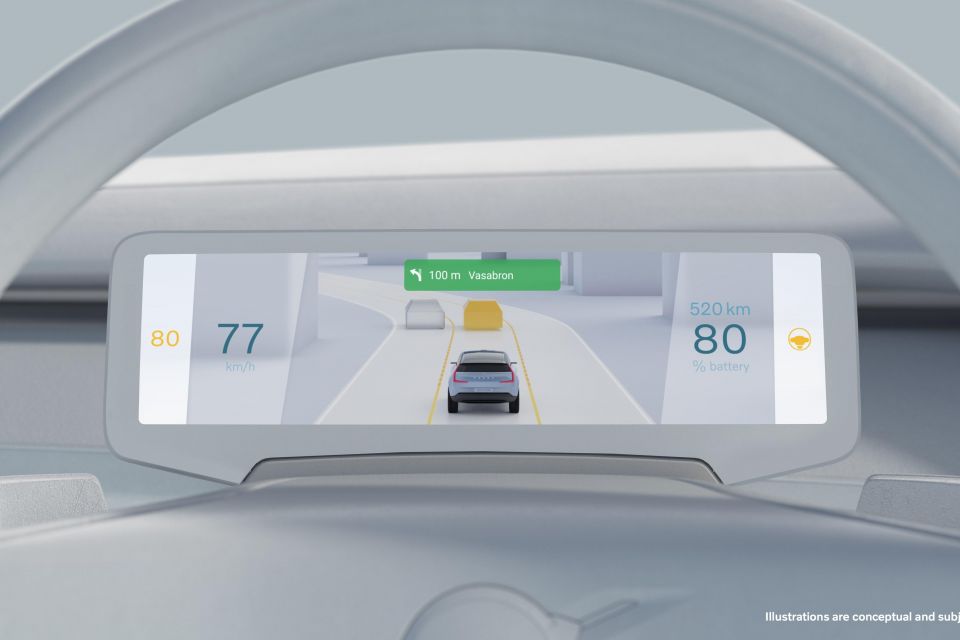
At the core of the next-generation electric Volvo range will be software called VolvoCars.OS – an umbrella name for the range of interlinked systems humming away to make the car work.
Rather than using lots of individual control units, each of which has a small area of responsibility, new Volvo electric vehicles will be managed by a central brain designed to cut complexity.
That central brain (core computer in Volvo speak) will debut in 2022.
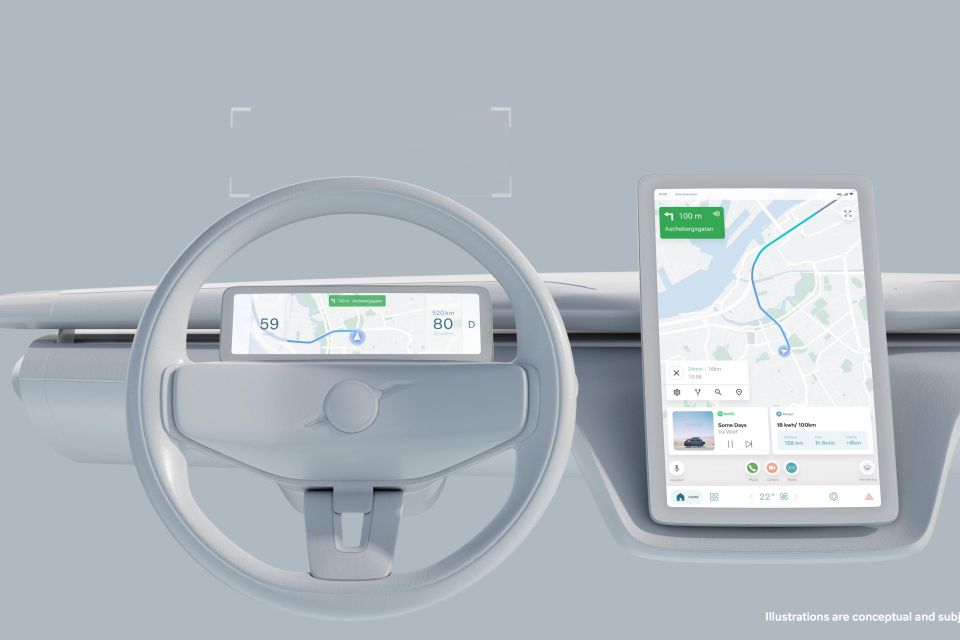
It’s made up of three main parts. One is responsible for the autonomous driving, one looks after general computing, and one handles infotainment.
“By developing software in-house we can boost development speeds and improve your Volvo faster than we can today,” said Henrik Green, chief technology officer.
“Just like on your smartphone or computer, new software and features can be rolled out swiftly through over-the-air updates, making your Volvo better and even more enjoyable over time.”

Volvo has teamed up with Swedish battery manufacturer Northvolt for its next-generation batteries.
In the short term, it’s planning to build its cars on a skateboard-style chassis to free up more interior space and allow its designers more freedom. The next-gen XC90 SUV built on the platform will have bi-directional charging, Volvo has confirmed.
Later in the current decade, it’s chasing up to 1000km of range from its cars.
To make that happen Volvo and Northvolt are trying to significantly improve the energy density of their lithium-ion battery packs.
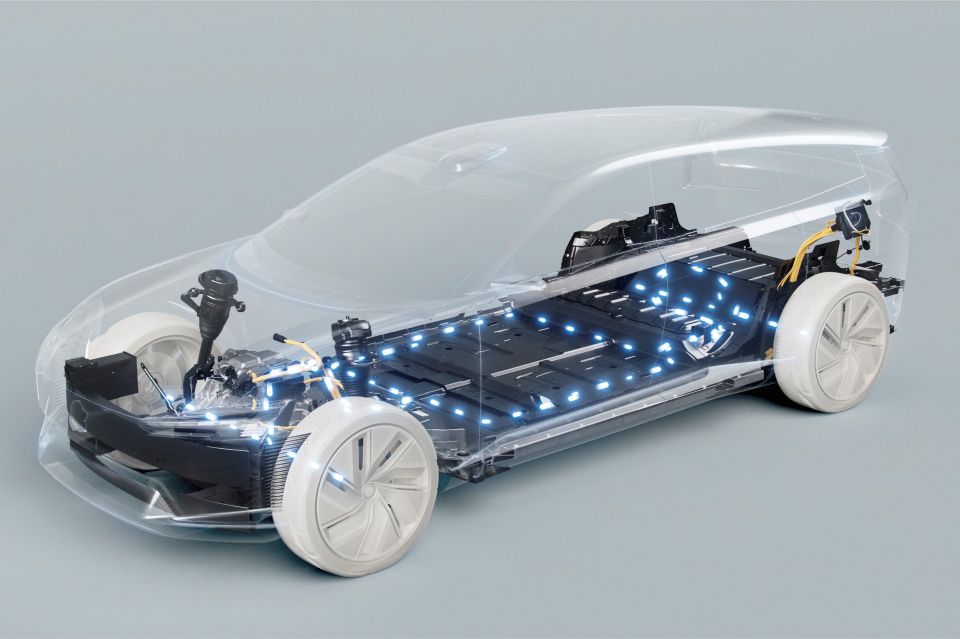
The pair are aiming to produce their batteries with 100 per cent renewable energy by 2025. They’re also looking into how lithium-ion batteries can be recycled or repurposed at the end of their life.
“We want to offer our customers sustainable pure electric cars that makes their lives easier and more enjoyable,” said Henrik Green, Volvo chief technology officer.
“Through smart innovation and collaboration with key partners, we can give customers what they want – more range, faster charging and lower costs – and further boost widespread adoption of electric mobility.”
Where expert car reviews meet expert car buying – CarExpert gives you trusted advice, personalised service and real savings on your next new car.
Scott Collie is an automotive journalist based in Melbourne, Australia. Scott studied journalism at RMIT University and, after a lifelong obsession with everything automotive, started covering the car industry shortly afterwards. He has a passion for travel, and is an avid Melbourne Demons supporter.


Damion Smy
4 Hours Ago


Damion Smy
7 Hours Ago


Damion Smy
11 Hours Ago


Damion Smy
12 Hours Ago


Damion Smy
12 Hours Ago


Damion Smy
13 Hours Ago